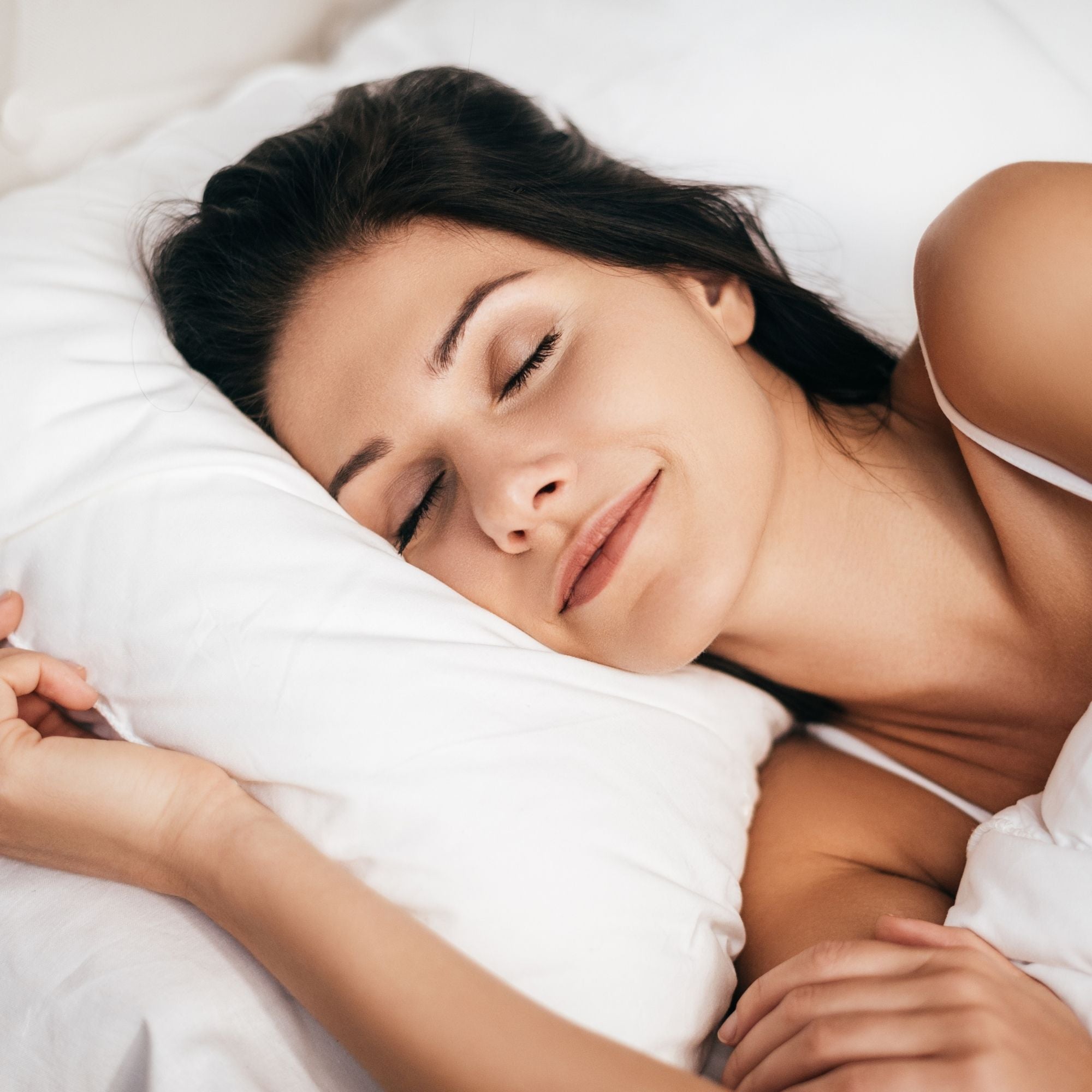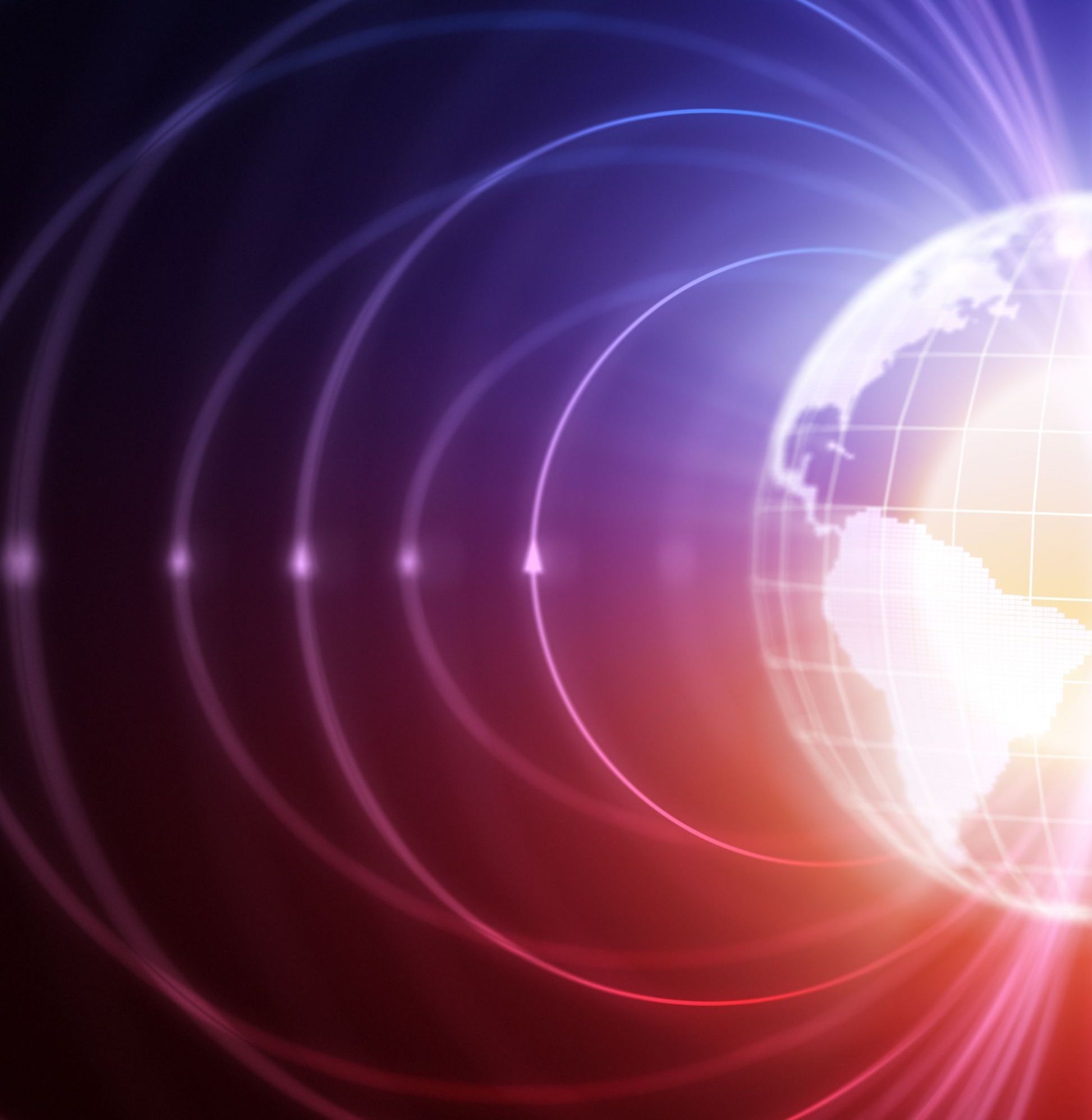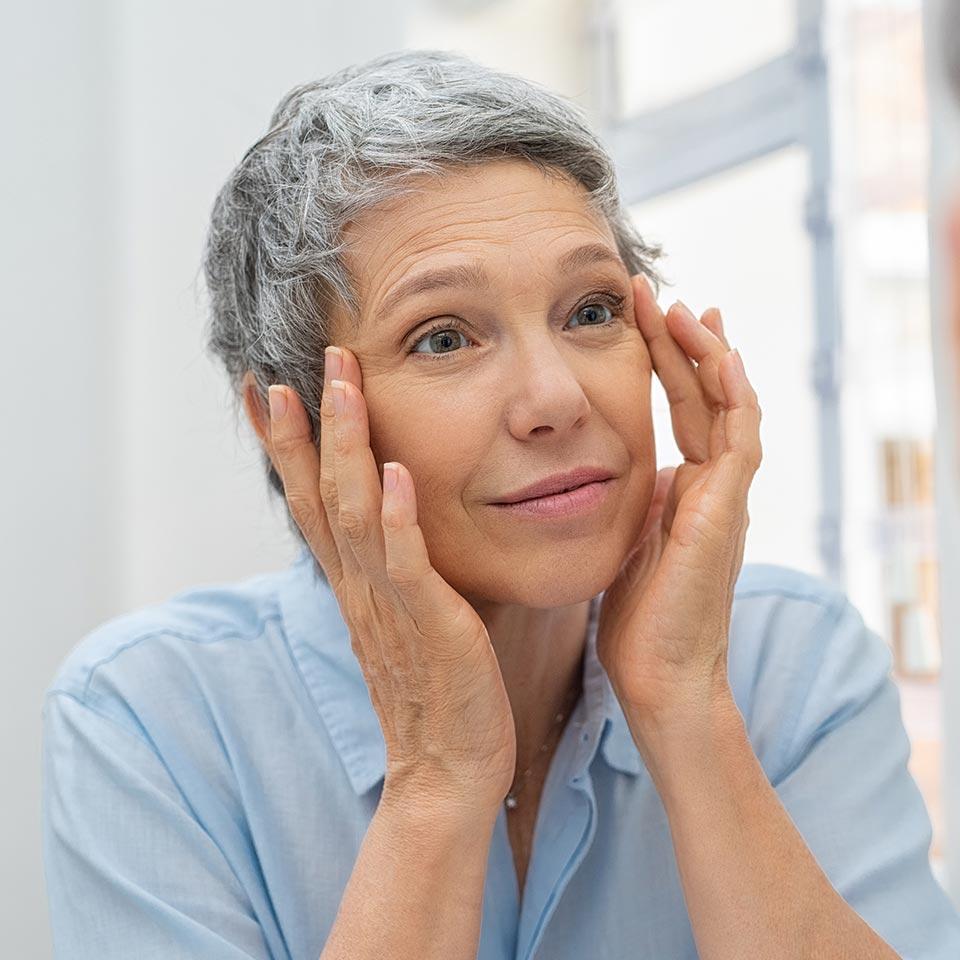
Who is Most Likely to Not Get a Good 7 Hours of Sleep?
According to the Centers for Disease Control, you are most likely to lose sleep tonight if:
- you live in Ohio, Michigan, Indiana, Kentucky, Pennsylvania, South Carolina, Georgia, and Hawaii (see the CDC map)
- you are a man versus a woman
- if your age range is 45-54 years old or 35-44 years old. The age group that gets the most sleep is those 65 years old and over.
- if your ethnicity is native Hawaiian/Pacific Islander, Black or multiracial
- if you are obese or physically inactive
- If you currently smoke
- if you drink excessive amounts of alcohol
- if you have arthritis or depression, or asthma
- if you’re in high school, especially 11th or 12th grade
Why Can’t You Get Some Sleep?
Realistically, you may have some habits or underlying medical conditions that do interfere with your nightly catch of Zzz’s. Here’s a list of the primary reasons why people are missing out on a full night of sleep.
- Sleep apnea and snoring (could be from spouse!)
- Eating too late at night
- Too much caffeine during the day
- Aerobic exercise before bedtime
- Spicy, fatty foods before bed
- Drinking too many liquids before bed
- Restless legs syndrome
- Depression
- Stress
- Poor sleep habits like naps during the day
- Deficiencies of vitamin B6, vitamin D, Vitamin B12, vitamin E, and vitamin C; minerals such as magnesium, calcium, iron, zinc, copper
- Medications that interfere with sleep
- Jet lag
- Metabolic disorders, such as diabetes, and high blood sugar levels
- Exposure to blue light from the computer
- Environment of wifi, high electromagnetic fields, and 3G, 4G, and 5G exposure
- Shift work
- Limited sunlight
Sleep is Directly Related to Circadian Rhythms
What many of these things have in common is their influence on your body’s circadian rhythms. These rhythms are part of your internal clock, which runs on its own time frames to make sure that hormones, proteins, and rejuvenation is occurring in your body. These rhythms are synchronized with a master clock in your brain.
All rhythms and the master clock are directly impacted by light. The rhythms affect your body’s moods, metabolism, DNA repair, and healing capacity.
That’s why you feel ‘off’ when your spouse or child wakes you up in the middle of the night by turning on the light. Any light at night is enough to interfere with the circadian rhythm of producing melatonin, which is one of your body’s primary immunity and anti-aging hormones.
Melatonin is also related to mood, memory, and your body’s serotonin production. It’s a hormone that promotes sleep and keeps you sleeping throughout the night.
There is a Simple Solution to Get Your Circadian Rhythms Back on Track
Getting the right amount of light is the answer – but before you think there’s no way possible you are going to be able to get enough sunlight because you are working 9 to 7 pm every day, know that there’s another solution, too.
When you first wake up to see the light of the morning, the photoreceptors of your retina detect the light, which regulates your circadian rhythm via melatonin. This hormone is affected by two types of light – blue light and red light. The sun gives off blue wavelengths whereas the moon gives off red, orange and yellow wavelengths.
What About Human Studies?
These studies led to other studies where light was used as a healing modality. For example, photobiomodulation (PBM) is a type of light therapy that uses red to near-infrared light to stimulate, heal, and protect tissues that have been injured.
Doctors at the San Francisco VA Health Care System reported in a medical journal about a 23-year-old professional hockey player who had suffered from a series of concussions and was experiencing TBI symptoms.
He treated himself at home with LED light devices that emitted a pulsing 810 nm wavelength light. After 8 weeks of treatment, his brain showed much greater improvement with greater function, increased blood flow to the brain, increased brain tissue volume (his brain actually grew bigger) and better scores on neuropsychological tests.
The doctors concluded that what happened in this young man is encouragement for validating the use of photo-biomodulation (PBM) treatments for TBI that are not surgically implanting devices in the brain and not using medications.
How Does Your Body Respond to Light?
Your melatonin levels are normally secreted all night long, starting about 2 hours before your bedtime, with a peak around 3 to 4 am.
If you are exposed to light after sleeping during the night in a dark room, your body shuts off its production of melatonin. Wifi, computer light, fluorescent lights, cell phone light and 5G interfere with your normal melatonin levels. The blue light keeps you awake and alert and it shifts your circadian rhythms, giving you essentially a jetlag type of effect.
The problem is that over time, you can end up with chronic sleep deprivation as well as a host of other chronic illnesses.
Red light doesn’t ever act as a stimulant. Instead, it calms you down so you can get a good night of sleep while subsequently affecting your melatonin levels in a good way.
Red Light is Good, Researchers Report
In one study done at an athletic training facility of the Chinese People’s Liberation Army and research laboratory of the China Institute of Sport Science, 10 female basketball athletes received 30 minutes of red light therapy every night for 14 days while another 10 did not. The doctors assessed results based on the participants’ melatonin levels, running performance and sleep quality assessment.
Those that received the red light therapy had improved sleep, melatonin levels and better endurance. The researchers commented that the red light therapy offered a nonpharmacologic and noninvasive therapy to prevent sleep disorders after training.
Yay! The athletes were finally able to get better sleep – and better athletic performance without drugs of any kind.
Even Psych Patients Responded Positively to Red Light Therapy
In another study, researchers expressed the frustration of needing lights at night in a psych inpatient unit to observe the patients. If those lights are any wavelength that disrupts the circadian rhythms, then how can the patients possibly ever improve their mental condition? After all, the disruption of melatonin levels will also cause disruption of mood and mental stability. And the patients already have mental instability and mood disorders.
The UK researchers changed the night lights from white lights to red lights in the psych ward where older age patients were staying. What they found was quite interesting: the patients required fewer medications during the red light period, they were less agitated at night, and there were more observations of the patients sleeping at night with the red light.
Something this simple could make a big difference for many patients!
The Red Light Therapy Solution
You might think that the answer for you is just to go out and get red light bulbs, but this would be incorrect. Most red light bulbs are not the correct wavelength, and are merely regular fluorescent bulbs colored red. That’s not good enough because your cells still won’t get the required wavelength it needs to start the chain reactions to produce melatonin.
You can’t trick your cells! They are wiser than you think – and have receptors that know the difference between the right and wrong wavelengths of light.
On the other hand, red light ‘therapy’ that is truly red light is light that penetrates the skin, and the cells are waiting to receive it. You also are most likely waiting to receive it because once the cells get this wavelength, there’s a reduction in pain, inflammation, and damaged tissues start repairing themselves.
Light medicine is stepping up to the forefront of alternative therapies with its painless, pill-free and affordable ways to encourage the body’s own natural healing processes. Addressing a sleep issue by considering alternative therapies that increase melatonin naturally is a good way to go.
One solution for Red Light Therapy is the NeuroWrap, which uses infrared waves plus red light therapy to support the brain in balancing its own melatonin production, increasing its supply from the inside out. The LEDs are gentle and non-invasive and without risk of side effects, making it safe to use at home.
Often times, those who have trouble with insomnia or other sleep disorders are also troubled with depression or anxiety. The NeuroWrap has an operating frequency setting for 10Hz, which creates a calm and restful state while increasing production of dopamine and serotonin. Serotonin is the precursor to your body’s melatonin. There’s also a setting to pulse the frequency at 40 Hz, which has been shown in studies to improve mental acuity. The NeuroWrap uses the same frequencies and wavelengths that have been used in the promising studies from Harvard, Boston School of Medicine, and other universities around the world.
Ten to twenty minutes of red light therapy within an hour of bedtime can do wonders to make your cells – and circadian rhythms happy once again. It’s time to join the ‘tribe’ of people who are sleeping regular hours each night!
Get that full night of sleep your body has been craving for a long time with red light therapy!
References
Sleep and Sleep Disorders. Data and Statistics. Centers for Disease Control and Prevention. https://www.cdc.gov/sleep/data_statistics.html
Harvard’s Women’s Health Watch. 8 Reasons Why You’re Not Sleeping. Harvard Health Publishing. Harvard Medical School. February, 2014. https://www.health.harvard.edu/sleep/8-reasons-why-youre-not-sleeping
Breus, Michael J, PhD. 5 Ways That Vitamin Deficiencies Can Impact Your Sleep. Psychology Today. May 30, 2019. https://www.psychologytoday.com/us/blog/sleep-newzzz/201905/5-ways-vitamin-deficiencies-can-impact-your-sleep
Ji, X., Grandner, M.A., and Liu, J. The Relationship Between Micronutrient Status and Sleep Patterns: A Systematic Review. Public Health Nutr 2017 Mar;20(4):687-701. https://www.ncbi.nlm.nih.gov/pmc/articles/PMC5675071/
Circadian Rhythm. What It Is, What Shapes It, and Why It’s Fundamental to Getting Quality Sleep. Sleep Foundation. https://www.sleepfoundation.org/circadian-rhythm
Martin, D., et al. Sleep Disturbance and the Change from White to Red Lighting at Night on Old Age Psychiatry Wards: A Quality Improvement Project. Archives Psychiatric Nursing 2018 Jun;32(3):379-383.
Zhao, J., et al. Red Light and the Sleep Quality and Endurance Performance of Chinese Female Basketball Players. Athl Train Nov-Dec 2012;47(6):673-8.
Learn more about our science

